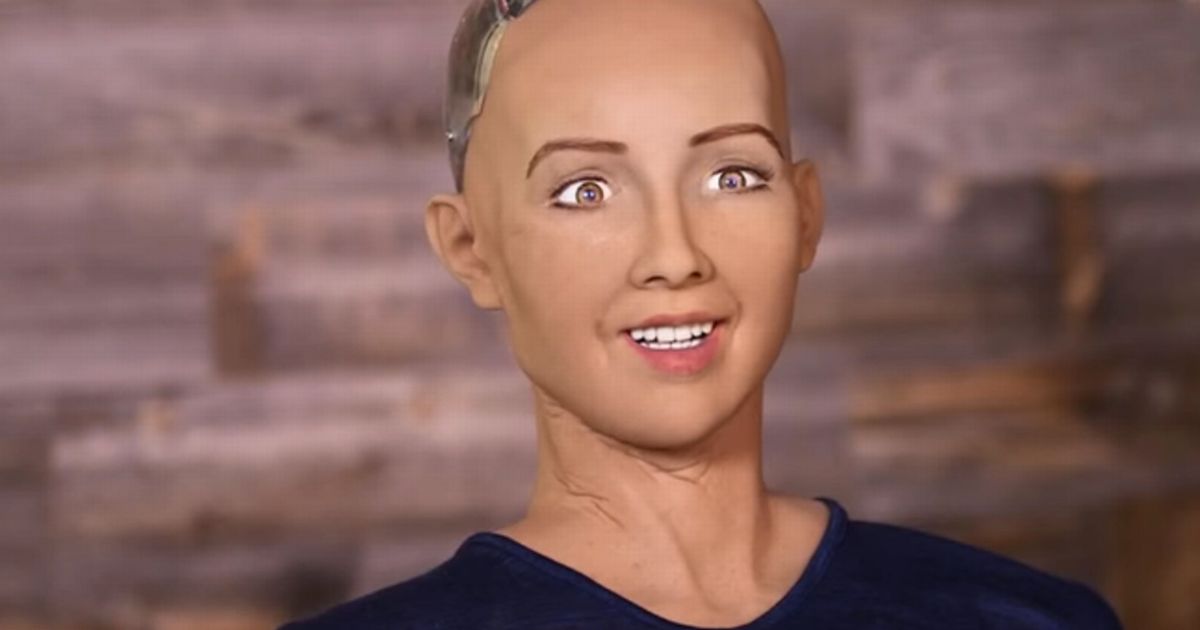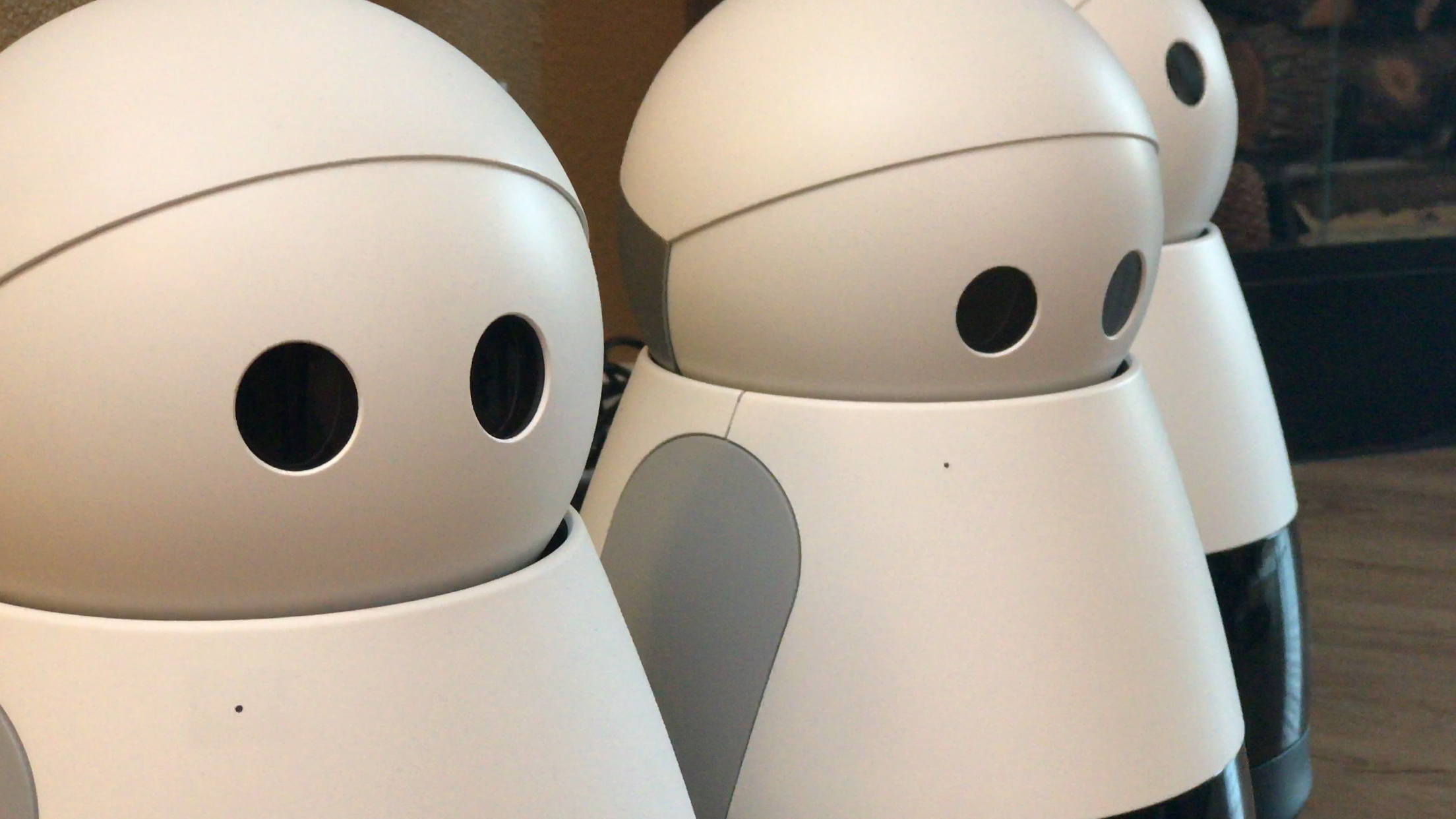When we envision the robots that will (and already are) transforming our world, we’re most likely thinking of something human- or dog-sized. So why are scientists hyper-focusing on developing bug-sized (or even smaller!) robots?
Medical advances
Tiny robots could assist in better drug delivery, as well as conduct minor internal surgeries that wouldn’t otherwise require incisions.
Rescue operations
We’ve all heard about the robot dogs that can rescue people who’ve been buried beneath rubble or sheets of snow. However, in some circumstances these machines are too bulky to do the job safely. Bug-sized robots are a less invasive savior in high-intensity environments, such as mine fields, that larger robots would not be able to navigate without causing disruption.
Exploration
Much like the insects after which these robots were designed, they can be programmed to work together (think: ants building a bridge using their own bodies). This could be key in exploring surfaces like Mars, which are not safe for humans to explore freely. Additionally, tiny robots that can be set to construct and then deconstruct themselves could help astronauts in landings and other endeavors in space.
Why insects?
Well, perhaps the most important reason is that insects have “nature’s optimized design”. They can jump vast distances (fleas), hold items ten times the weight of their own bodies (ants) and perform tasks with the highest efficiency (bees) – all qualities that, if utilized correctly, would be extremely beneficial to humans. Furthermore, a bug-sized bot is economical. If one short-circuits or gets lost, it won’t totally break the bank.
What’s next?
Something scientists have yet to replicate in robotics is the material elements that make insects so unique and powerful, such as tiny claws or sticky pads. What if a robot could produce excrement that could build something, the way bees do in their hives, or spiders do with their webs? While replicating these materials is often difficult and costly, it is undoubtedly the next frontier in bug-inspired robotics – and it will likely open doors for humans that we never imaged possible.
This is all to say that in the pursuit of creating strong, powerful robots, they need not always be big in stature – sometimes, the tiniest robots are just the best for the task.
Anaïs DerSimonian is a writer, filmmaker, and educator interested in media, culture and the arts. She is Clark University Alumni with a degree in Culture Studies and Screen Studies. She has produced various documentary and narrative projects, including a profile on an NGO in Yerevan, Armenia that provides micro-loans to cottage industries and entrepreneurs based in rural regions to help create jobs, self-sufficiency, and to stimulate the post-Soviet economy. She is currently based in Boston. Besides filmmaking, Anaïs enjoys reading good fiction and watching sketch and stand-up comedy.








































